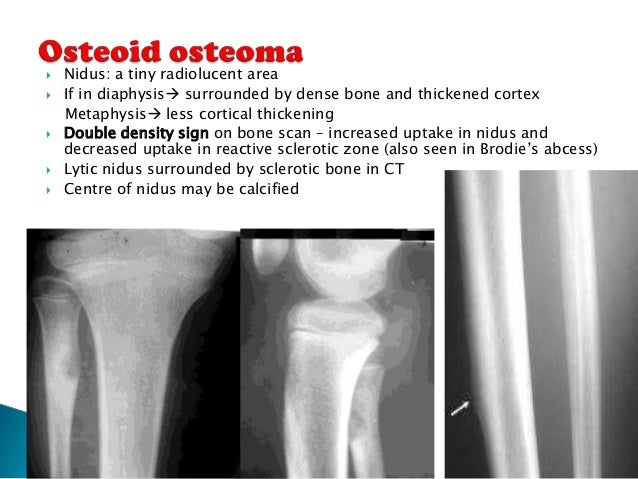
Examination of the right ankle reveals moderate soft tissue swelling and moderate ecchymosis. Radiologic Clinics of North America 2009 37:679-690.Temperature is 37.2 oC (99 oCF) heart rate, 82 beats per minute respiration rate, 18 breaths per minute and blood pressure, 110/82 mm Hg. Unfortunately, we saw this patient after arthroscopy instead of before the arthroscopy!ġ.

It is our opinion that Prolotherapy could have stopped this process. How did this occur? Most likely the person experienced the gradual deterioration of cartilage from poor tracking of the patella on the femur, and eventually, some of the cartilage particles became loose and went into the joint. What this means is the loose bodies were made of cartilage instead of bone. You can see in the body of the report the orthopedic surgeon wrote, “I did not see any bony loose joint bodies, although there are a lot of cartilaginous loose bodies.” (See the following pages Stem Cell Therapy regrows meniscus tissue and Treatment of Chondromalacia Patella. This patient had many reasons to need Prolotherapy after this arthroscopy.Ĭartilage damage beneath the kneecap (grade 3 is not quite bone on bone, but it is heading there) and a torn medial meniscus are successfully treated with Hackett-Hemwall Prolotherapy. I did not see any bony loose joint bodies, although there are a lot of cartilaginous loose joint bodies.Īs you can see from this report, one of the post-operative diagnoses was multiple loose bodies, as well as a torn meniscus and patellofemoral joint grade 3 chondromalacia changes. The arthroscope was taken down through the medial gutter. There are grade 3 changes of the patellofemoral joint including the trochlea. There were multiple cartilaginous loose joint bodies floating around within the knee. Examination of suprapatellar pouch revealed copious synovial fluid. The arthroscopic pump was inserted through a medial suprapatellar puncture site. The arthroscopic instruments were inserted through a medical infrapatellar puncture site. Surgery began with the insertion of the arthroscope through a lateral infrapatellar puncture site. The left knee was sterilely prepped and draped in the usual fashion from the ankle to the leg holding device. Left leg was placed in a leg holding device. Left leg was elevated, exsanguinated (blood drain), and a pneumatic tourniquet was inflated to 300mmHg. He was given 1g of kefzol intravenous piggyback prior to surgery. He did elect to proceed.ĭescription of Procedure: The patient was taken to the operating room and general anesthetic was administered by the department of anesthesia. Procedure complication, postoperative convalescence were explained in detail. Due to his failure to improve with conservative treatment, he elected to proceed with surgical intervention. X-ray showed a probable loose joint body in the medial gutter. Occasional loose joint body will catch patellofemoral joint and causes pain. This has been ongoing since the end of December, not associated with any traumatic event. chondroplasty of the patellofemoral joint with the removal of multiple loose joint bodies, left knee.Ī 51-year-old male who has developed a floating loose joint body around his left knee.Grade 3 changes of the patellofemoral joint, left knee.Multiple loose joint bodies, left knee.Preoperative Diagnosis: loose joint body, left knee. Loose bodies in the knee were one of the reasons that “clean out” arthroscopies became so popular. The diagnosis of loose bodies in the knee in one of our patients In fact, the diagnosis of loose bodies is essentially based on X-ray findings because there is not one specific clinical finding.

Most loose bodies however do not produce symptoms and are found incidentally on X-ray. Loose bodies can become wedged into the synovium membrane and cause synovial inflammation of the knee While most of the loose fragments “float” around the knee. When these fragments get trapped between the articular cartilage surfaces of the knee bones (like the femur and tibia), they can cause symptoms such as: Loose bodies are free-floating fragments of bone, cartilage, or collagen in the knee.


 0 kommentar(er)
0 kommentar(er)
